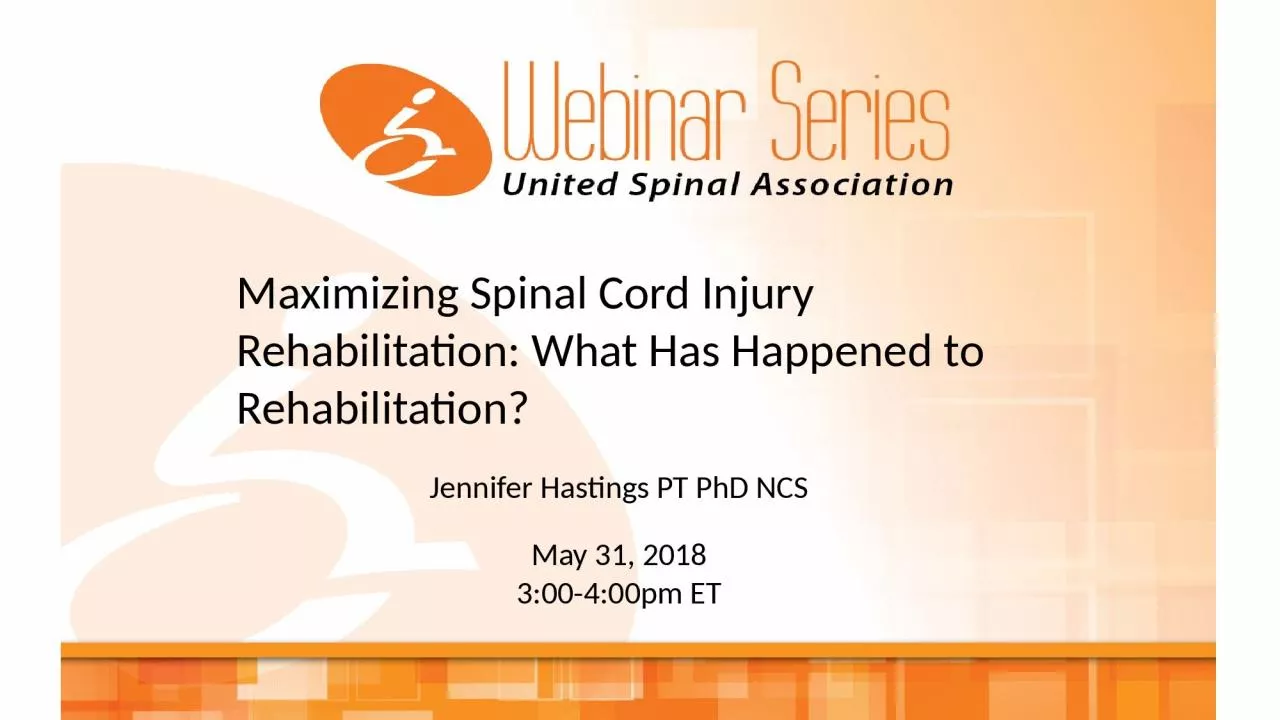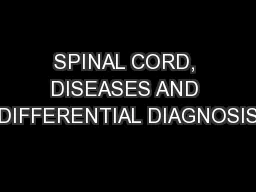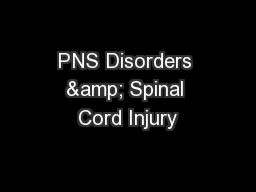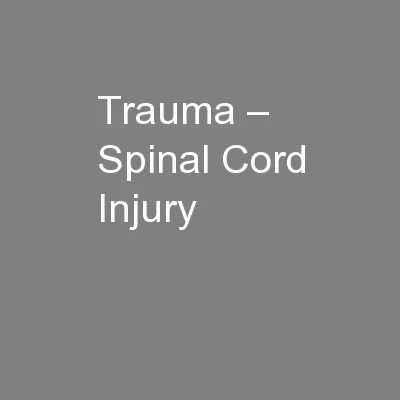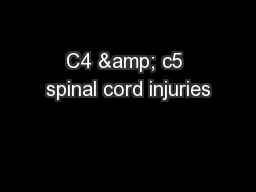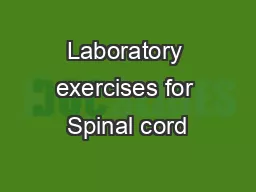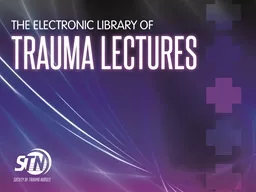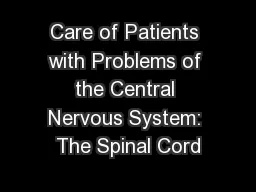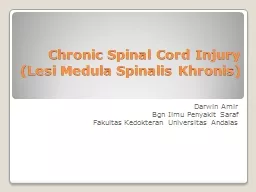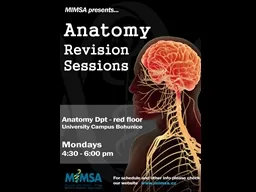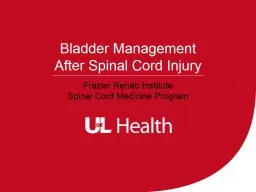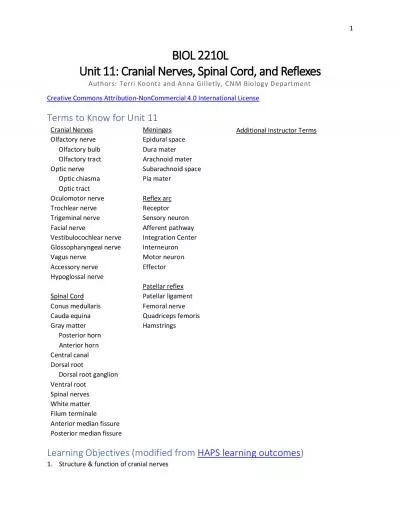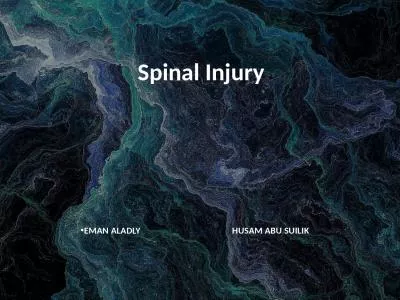PPT-Maximizing Spinal Cord Injury Rehabilitation: What Has Happened to Rehabilitation?
Author : sylvia | Published Date : 2023-09-21
Jennifer Hastings PT PhD NCS May 31 2018 300400pm ET Presenters 2 Alexandra Bennewith MPA Vice President Government Relations United Spinal Association Jennifer
Presentation Embed Code
Download Presentation
Download Presentation The PPT/PDF document "Maximizing Spinal Cord Injury Rehabilita..." is the property of its rightful owner. Permission is granted to download and print the materials on this website for personal, non-commercial use only, and to display it on your personal computer provided you do not modify the materials and that you retain all copyright notices contained in the materials. By downloading content from our website, you accept the terms of this agreement.
Maximizing Spinal Cord Injury Rehabilitation: What Has Happened to Rehabilitation?: Transcript
Download Rules Of Document
"Maximizing Spinal Cord Injury Rehabilitation: What Has Happened to Rehabilitation?"The content belongs to its owner. You may download and print it for personal use, without modification, and keep all copyright notices. By downloading, you agree to these terms.
Related Documents

